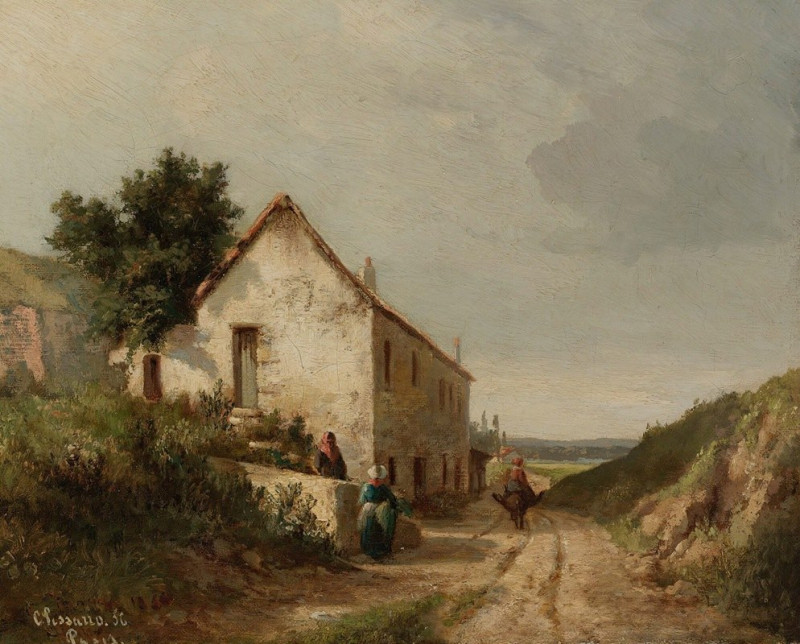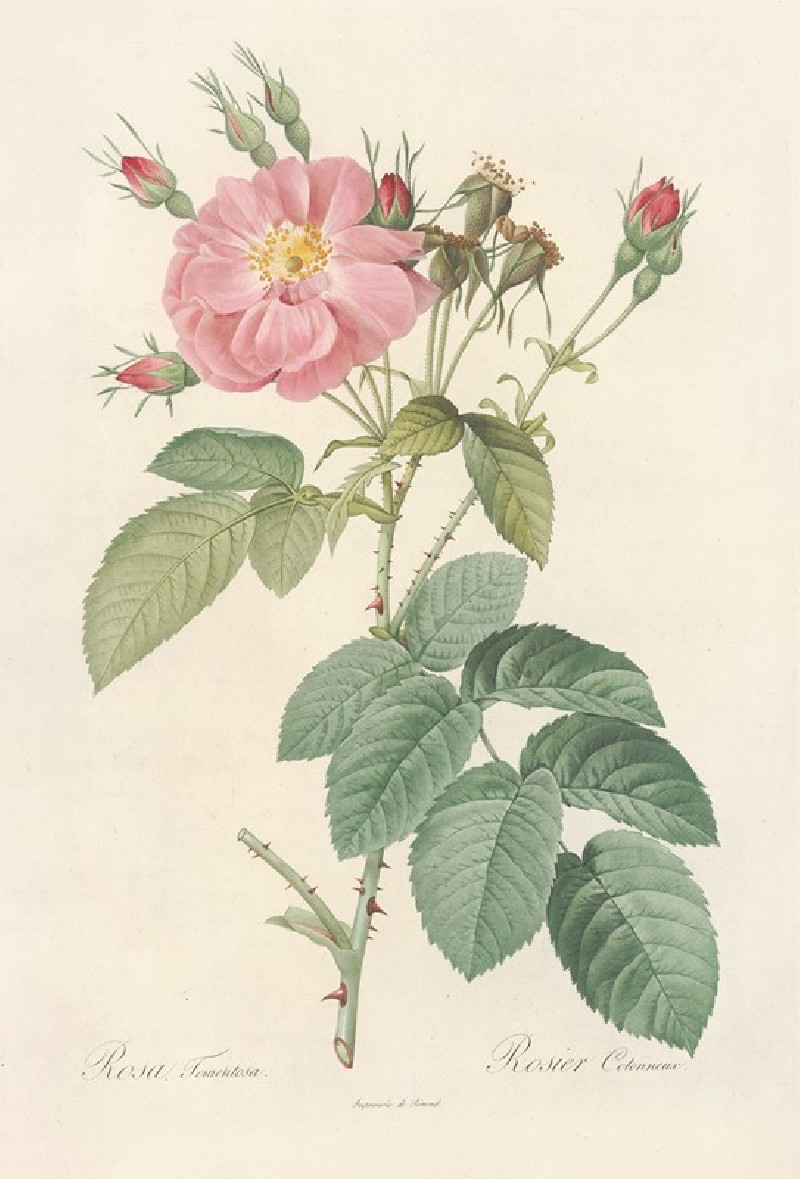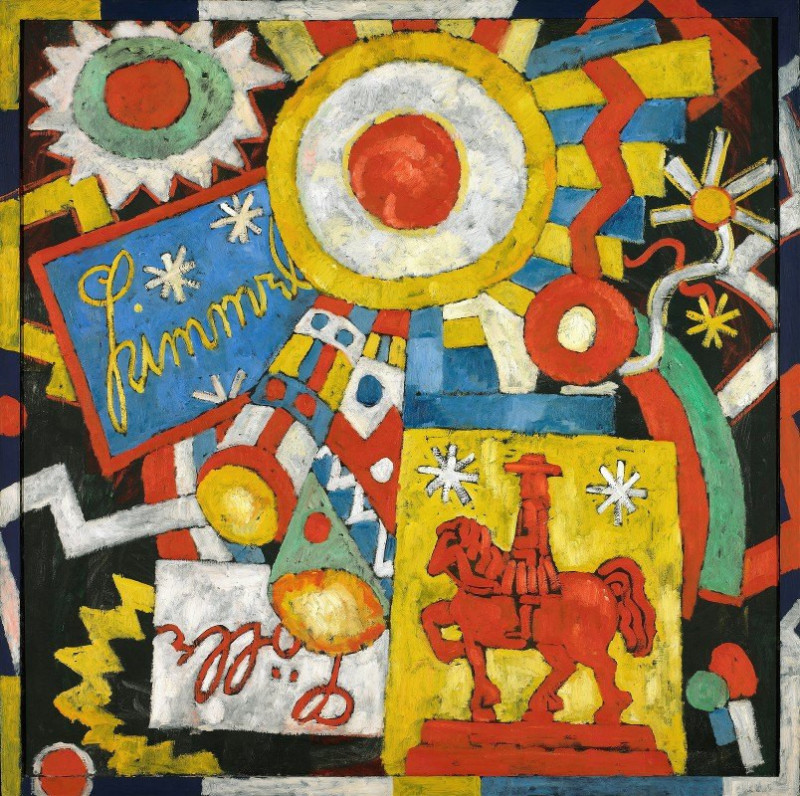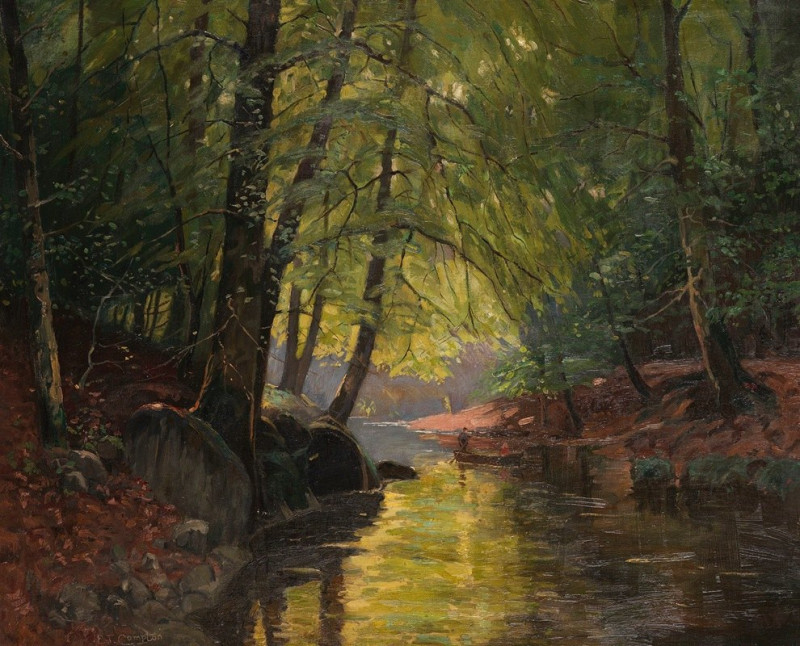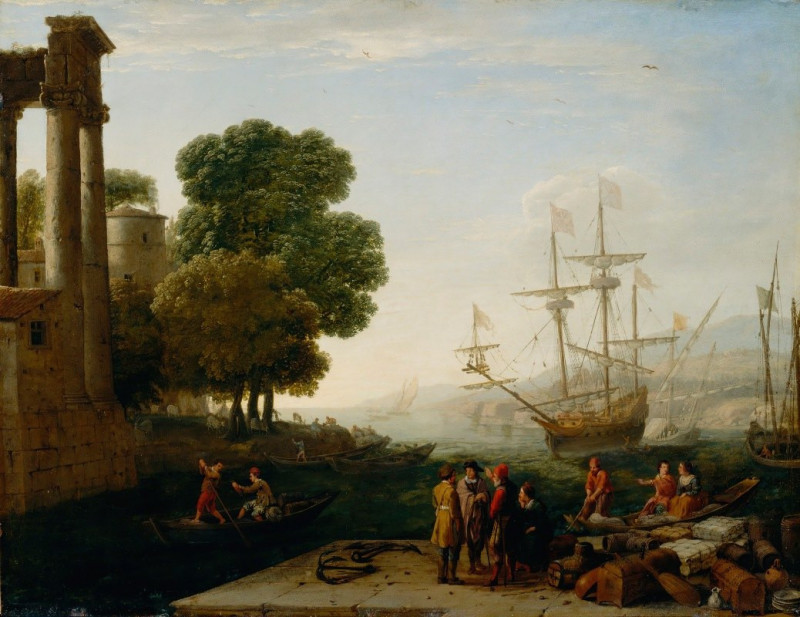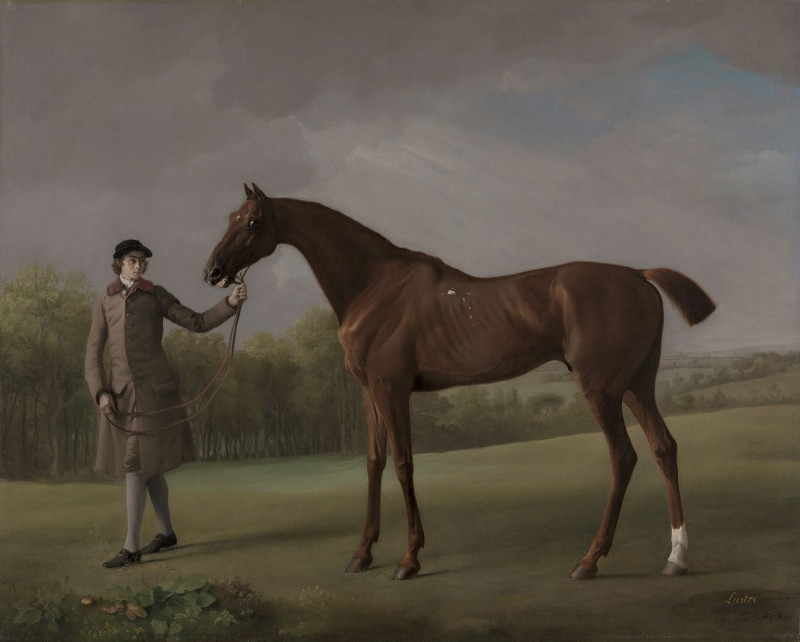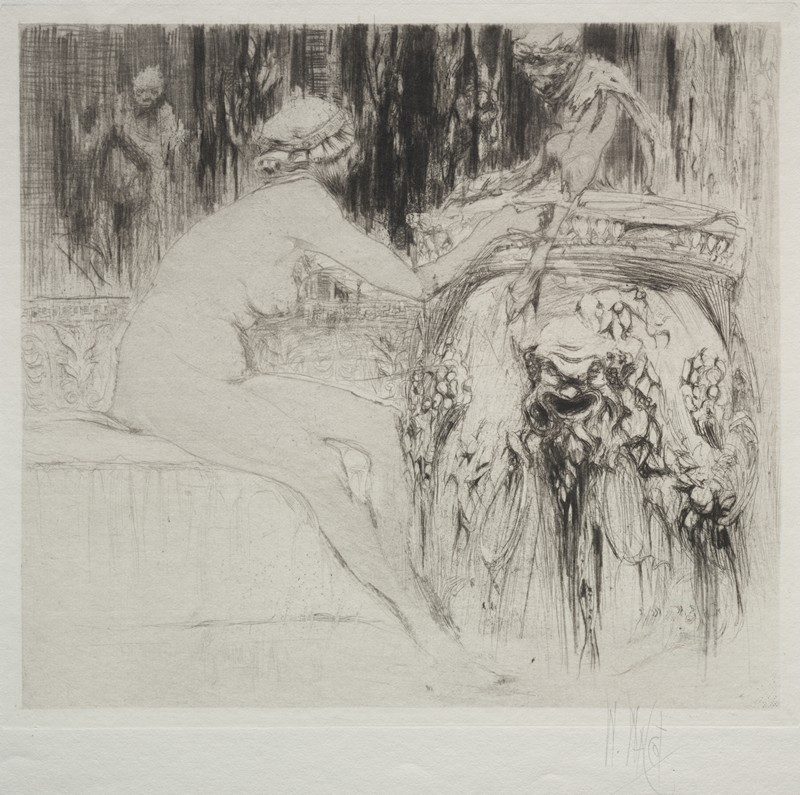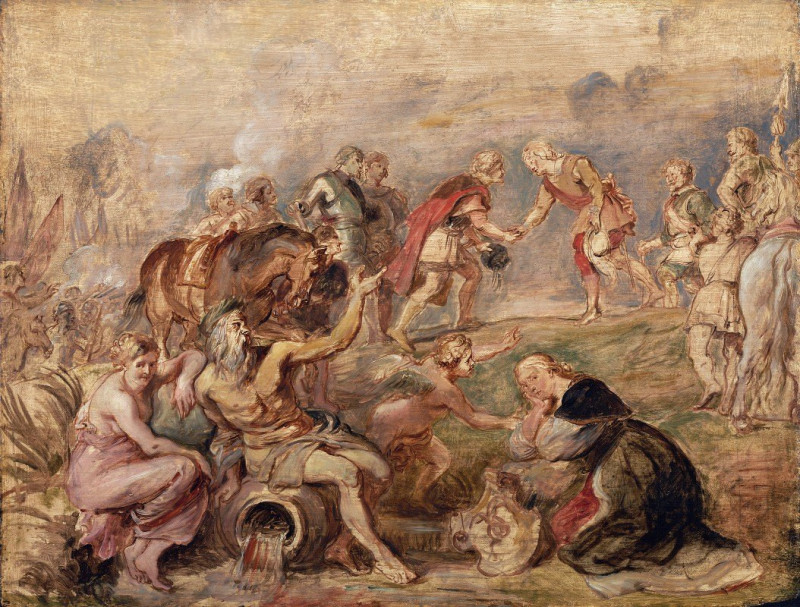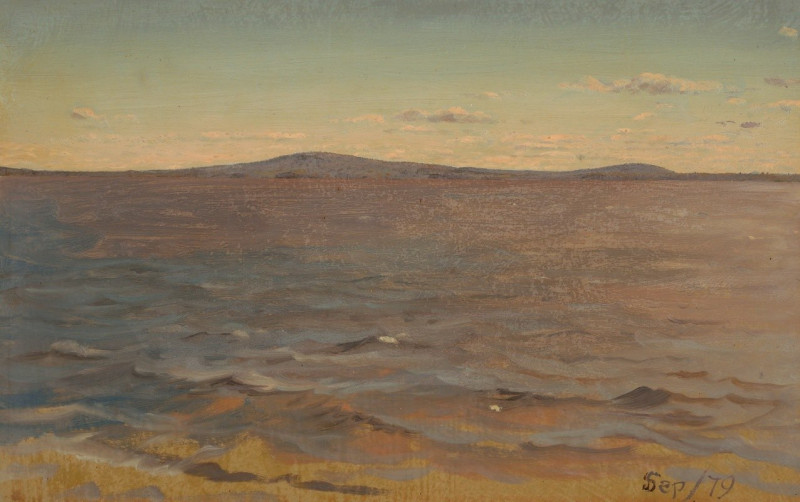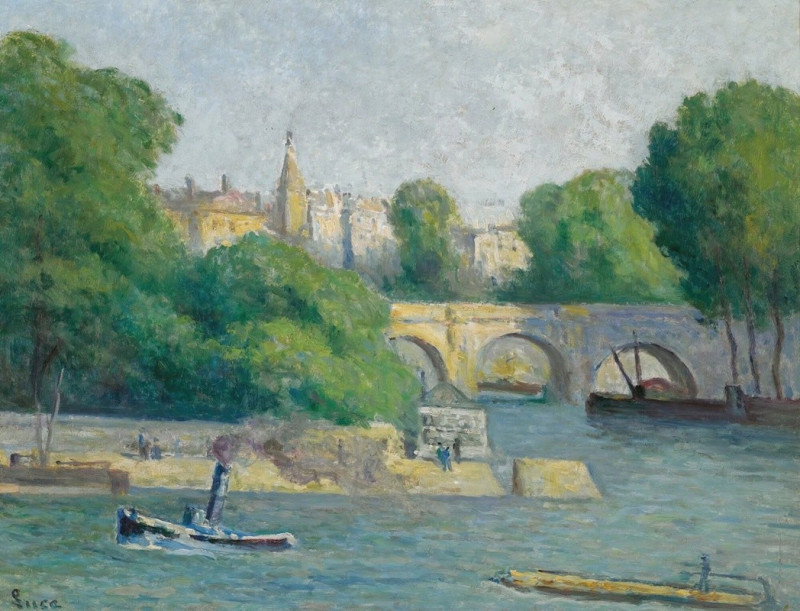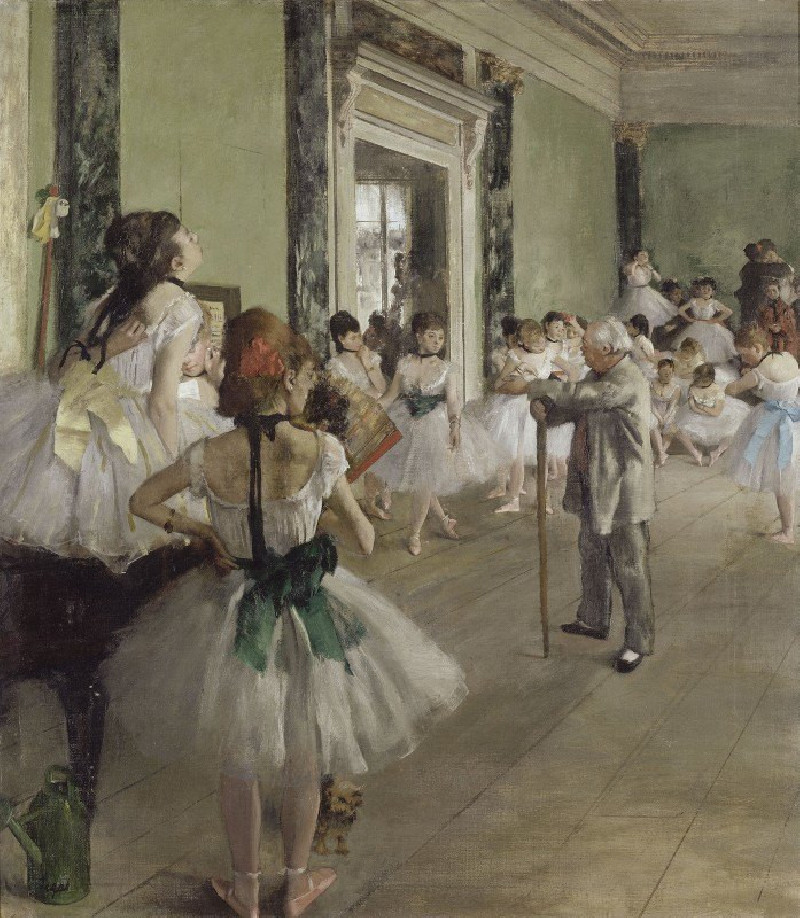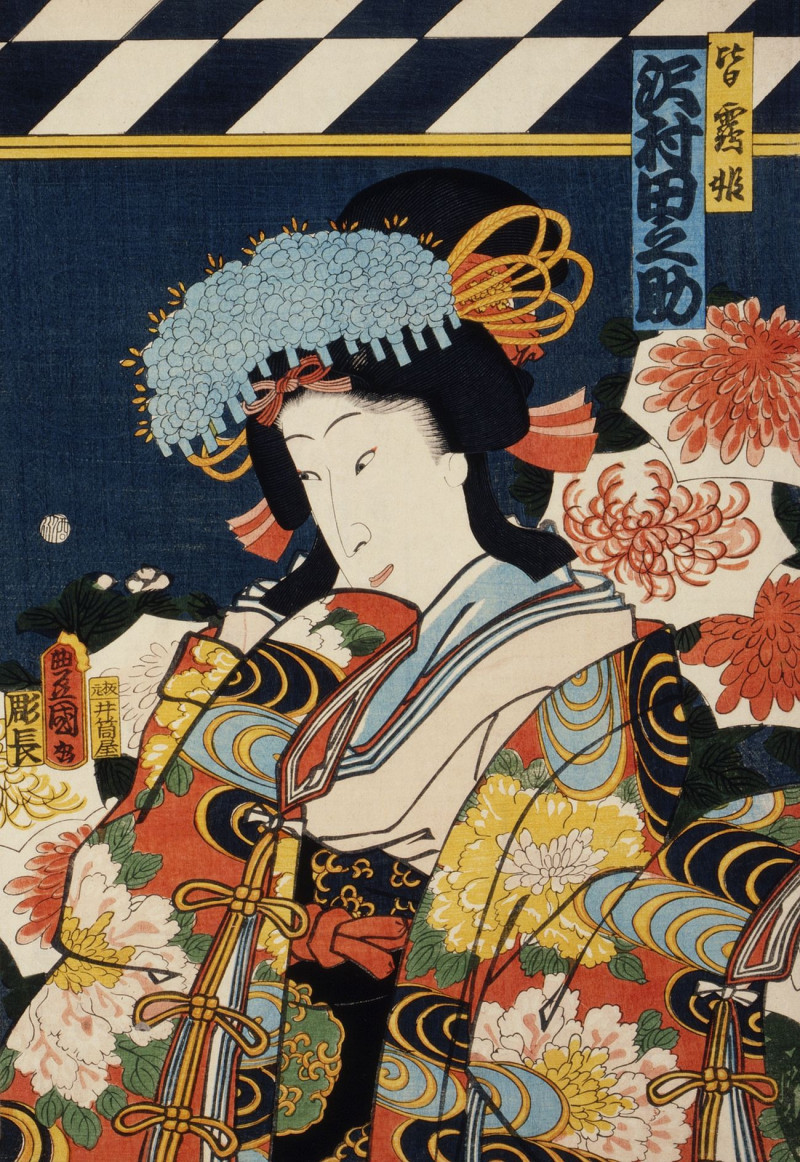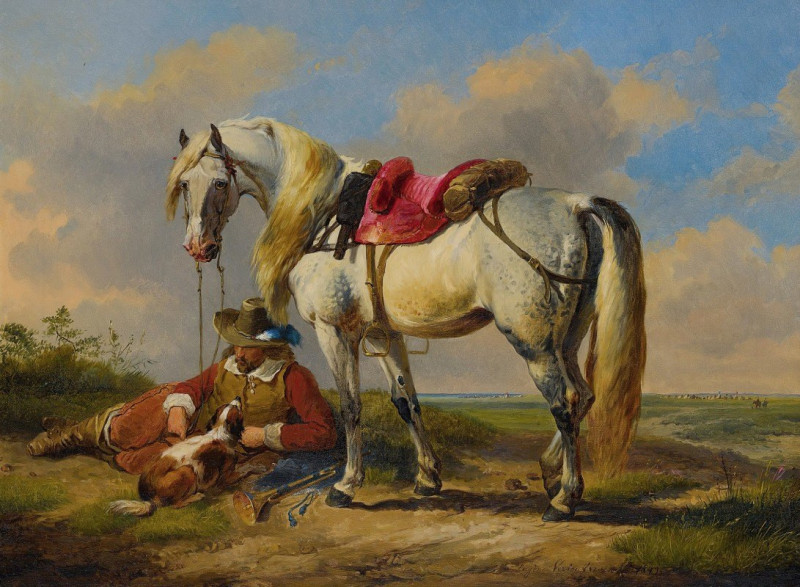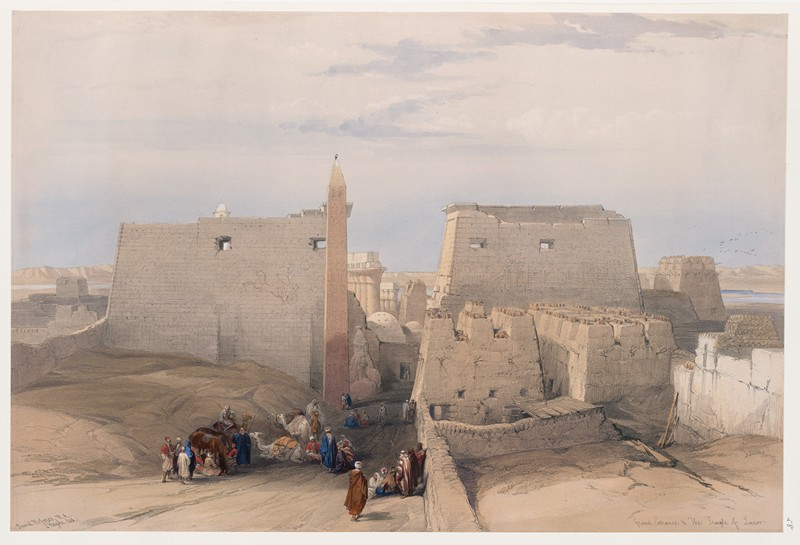Maison Au Bord D’une Route De Campagne Avec Personnages (1856)
Technique: Giclée quality print
Recommended by our customers
More about this artwork
"Maison Au Bord D’une Route De Campagne Avec Personnages" (1856), by Camille Pissarro, is an exquisite exemplification of the artist's early work, before he fully immersed into the Impressionist style. The painting depicts a serene pastoral scene in the countryside, showcasing Pissarro’s keen eye for natural beauty and human interaction within a rural setting.At the heart of the composition, an old, weathered house bathed in soft light sits peacefully alongside a country road. The house, with its rustic white walls and red-tiled roof, serves as a charming focal point amidst the lush verdancy that surrounds it. Adjacent to the house, a group of figures gather, vividly painted, hint their day-to-day lives interacting and resting. On the right, a lone traveler on horseback ambles down the dirt road, further adding a dynamic element to the tranquil countryside tableau.Pissarro's skill in rendering the textures of the foliage and the roughness of the building’s façade reflects his deep understanding and appreciation of the landscape. The use of light and shadow delicately balances the composition, conveying both the timelessness and the ephemeral quality of the moment captured.This painting not only provides a glimpse into rural 19th-century French life but also highlights Pissarro’s formative contributions to landscape painting, which would later evolve into his signature Impressionist approach.
Delivery
Returns
Blessed are they who see beautiful things in humble places where other people see nothing. — Camille Pissarro
Camille Pissarro (1830-1903) was born on St.Thomas (now the US Virgin Islands) to a Portuguese father and a Dominican mother. He went to Paris to study art at Ecole des Beaux-Arts. He was an early pioneer of pointillism and neo-impressionism and later became a mentor of many famous impressionist painters including Cezanne, Manet, Renoir, and Gauguin. His paintings depicted rural and urban French landscapes and lifestyle. Many of his works politically captured images of peasants and laborers. Today, he is considered the father of impressionism.

